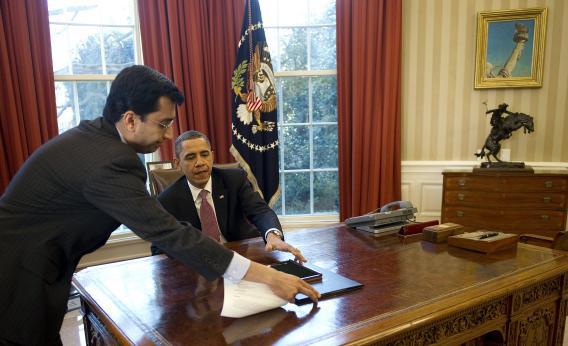It wasn’t even close. Shortly after 1 p.m., with plenty of time to catch flights home, Republican members of the House voted to approve the continuing resolution (PDF) to fund the government through September. As written, it plussed up the defense funds that had been stricken by sequestration. The argument—one that sequester skeptics (sequeptics?) warned about two years ago—was that Congress obviously could restore funds, as it had already appropriated for this money in the National Defense Authorization Act.
“Defense took a disproportionate share of cuts under sequestration,” said Georgia Rep. Mac Thornberry. “It’s 18 percent of the budget, and it got 50 percent of the cuts.”
That was clever, conflating the discretionary budget and the mandatory spending budgets, and it was the argument that won the day. Almost all Republicans, 214 of them, voted aye, and a Republican aide announcing the vote to reporters reminded them that they only needed 210 votes to pass it.
But among the 14 “no” votes were three Georgia Republicans—Rep. Paul Broun, Rep. Phil Gingrey, and Rep. Jack Kingston—currently running or exploring bids for U.S. Senate. FreedomWorks, the grassroots Tea Party group that helped elect some of these guys, pledged to “score” the vote, counting an “aye” against the overall record of any congressman. That said a lot about the politics of GOP primaries. But on legislative terms, the defense hawks decisively won this one.
